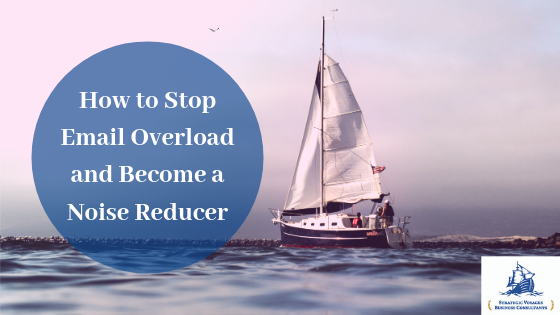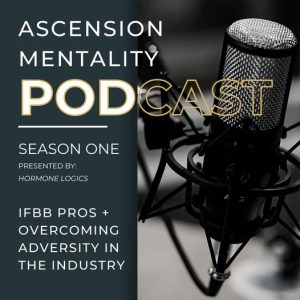How to stop email overload and become a noise reducer
How to stop email overload and become a noise reducer
“So many emails… My inbox is overflowing…” Well, not mine, but in general this is one of the biggest complaints I hear from busy business owners. “I can’t ever seem to get ‘caught up’ on emails.” They suffer from E-mail overload.
What is email overload? At the very core, email overkill is a term that means you let your emails run your day. It’s sending dozens of emails with task reminders, replying with thank you, vaguely referencing other communications, not completely or thoroughly answering a request forcing the original sender to send multiple emails clarifying, not being clear with an original request, not using subject lines, taking 5 seconds to respond to an email that the sender intended you to spend at least 60 seconds reviewing and thinking about a thoughtful response.
That is e-mail overload. It’s a systemic problem.
One that can be easily fixed with a simple solution: take the time to thoroughly either respond to a person’s email so they won’t have any more questions, or create an email with all the information a recipient would need to fully understand what you’re asking.
As I manage all the various projects, companies, employees, and tasks on a day to day basis, I’m often asked how I can manage it all. The first rule is to stop multitasking. Seriously. Stop. You can’t possibly be productive if you’re always checking your emails. Do one thing at a time. Do it well. And then move on.
The second rule is to move an email that’s been replied to and whatever task was asked of completed to another folder. Your inbox should only have items in your inbox that you need to attend to. That’s a goal of mine each day and each week to get my inbox as close to zero (or if you’re Bill Edmondson – all the way to zero) as possible. Quite frankly, this helps my brain. It also ensures that I’ve thoughtfully responded to all emails, done all the tasks, or moved the emails to their appropriate folder.
The third rule is to coach others on how to effectively communicate via email. It’s not a text for cyring out loud. It’s an email. It needs a subject line. If there’s supposed to be an attachment, attach the document. If you’re referencing a different email, take the two minutes to find that email and either reference it by date and time or forward it so it’s below your new email. Simple! But, many people were never coached on how to be an effective communicator.
With these three rules, you can stop email overload in your business too!
I found a few articles that I wanted to share on this topic too. Harvard Business Review’s article about Email Overload echoes my rules. Another article, by CIPHR, gives a lot of the same feedback. You see, it’s not just a problem in your business. There are tons of people who suffer from email overload.
Once you can conquer it, you’ll be on your way to becoming a noise reducer. A noise reducer is a term I coined in my book, Taboo Business Questions, in the chapter about Focusing. The definition is someone who is “laser focused on high income producing activities and [their] core business.” Once you can learn to focus your time and attention on your core business, you’ll be a noise reducer. I can promise you, responding to every email isn’t your core business.





